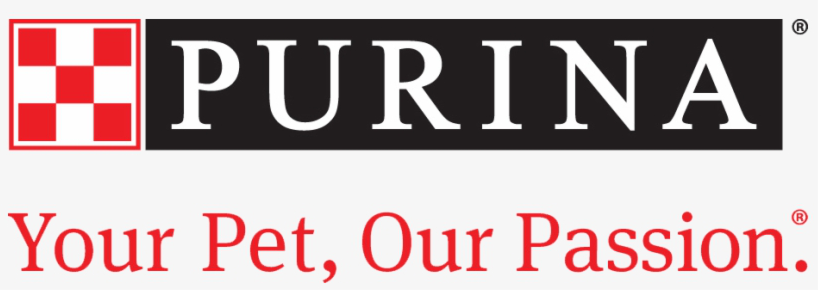On my arrival at Nestlé’s Gatwick head office my guide Max greets me enthusiastically. But rather than shaking my hand he attempts to put his paws on my shoulders. Because Max is a dog.
I’m visiting what may be the UK’s most dog-friendly business. Nestlé has been a fully dog-friendly office since early 2015. Previously staff working in the Purina pet care division were allowed to bring their dogs to work, because as Purina’s HR director Paul Steadman puts it: “It’s tightly aligned to our central belief that pets and people are better together.”
When Purina moved into Nestlé’s Gatwick offices in 2012 staff in other business areas began to express interest in extending the scheme. A dog open day was held to test the waters, and in 2014 the decision was made to allow all dog-owning Nestlé staff to potentially bring their pets to work.
Here Steadman shares the key lessons of the journey so far…
Careful selection is key
Steadman jokes that the dogs in the office are “as well selected for hire as any person”. All dogs go through behavioural and health assessments to check they are suited to the workplace. Owners are also assessed. Once they pass the dogs go through a probationary period like any new human hire. “We need to make sure the mix is right and that the dog is going to be happy and comfortable,” says Steadman. Since the scheme’s launch just over 50 dogs have been accredited.
Consider everyone’s feelings
“You have to be respectful of those people who don’t want to be near dogs,” says Steadman. Nestlé HQ is divided into areas that are ‘dog-friendly’ and ‘dog-free’, including lifts and meeting rooms. Some areas, such as canteens, are completely dog-free.
For those with allergies, a consultant allergy specialist came in to review the building and offer individual consultations. “We also put in provision around desk spacing and separation,” says Steadman. “It was important to respect the needs of everyone who works here.”
“We also accommodated [desk] moves if people didn't want to be near where dogs were going to be,” he adds. Crucially it was those with dogs who were moved, not those who raised concerns. Steadman reports that a year in no new concerns have been raised.
Partner across functions
This initiative has been a great example of cross-functional collaboration, with HR working closely with colleagues in facilities, occupational health and communications. “It’s been an important partnership,” says Steadman. “It’s a good example of how when it comes to engagement the work between the HR function and communications are two sides of the same coin. We work hand in glove on these ideas. The working relationship between us is closer than it’s ever been, particularly because of initiatives like this.”
While a partnership involving several functions is crucial, Steadman also highlights the importance of individual advocates. “It needs someone in the organisation who is passionate about it, who is prepared to give time to co-ordinate awareness and get buy in,” he adds.
Be realistic
“Some people might be concerned you’ll end up with packs of dogs roaming the office,” says Steadman, explaining that this is not the case. While Nestlé HQ is home to 1,000 people, on an average day there are only eight to 10 dogs in the building. Steadman likens it to flexible benefits take-up more generally. “As with lots of flexible benefits people like the freedom to choose, but the numbers who take it up will be fewer than you might think,” he says. “The notion is very powerful, but take-up levels mean it has been manageable.”
For any organisations interested in exploring having dogs at work Steadman advises talking to another business that is already doing it, and says he’s happy to be approached personally. “Don’t get bogged down in perceived barriers,” he adds. “Understand what it means but what it doesn't mean.”
He also advises taking it slowly at first: “You can scale things depending on your size and facilities to suit your people, but it needs consideration up front to get ready for it. Don’t introduce it too hastily. Give yourself time to engage with people, find out what they think about it, deal with their enthusiasm but also their concerns.”
Embrace the benefits
One of the interesting outcomes of Nestlé’s journey to being dog-friendly is the positive impact it’s had on non-dog owners as much as those who now bring their pets to work. “Whether people take advantage of [the scheme] or not is almost secondary,” says Steadman. “They love the idea, the freedom and the opportunity.”
He believes it has had wellbeing benefits, with dog owners less stressed about leaving their pets at home, and that it has added “an extra dimension of fun and positivity” to the workplace in general. “You get people interacting more spontaneously,” he says. “I did it the other day when I saw a breed I was interested in and went to chat to the owner.”
Overall it’s all about trust, he adds. “Like many employers we are focusing on how we move to outcomes rather than processes. We want to give people the freedom and space to work in a way that works for them and their lifestyle.” And the policy also sends a clear message to potential hires that Nestlé is “open to new ways of doing things,” Steadman believes.
“We hope this will open more people up to the idea that having dogs at work is not only desirable, but entirely possible,” he adds.
The campaign to get a furry friend for HR magazine HQ starts here…









